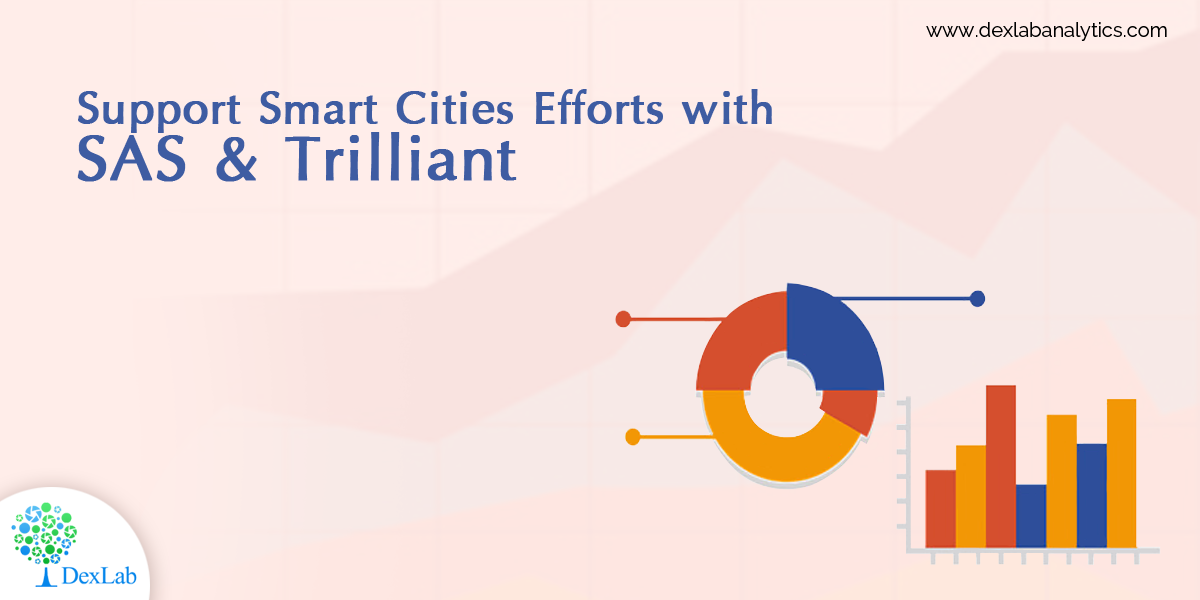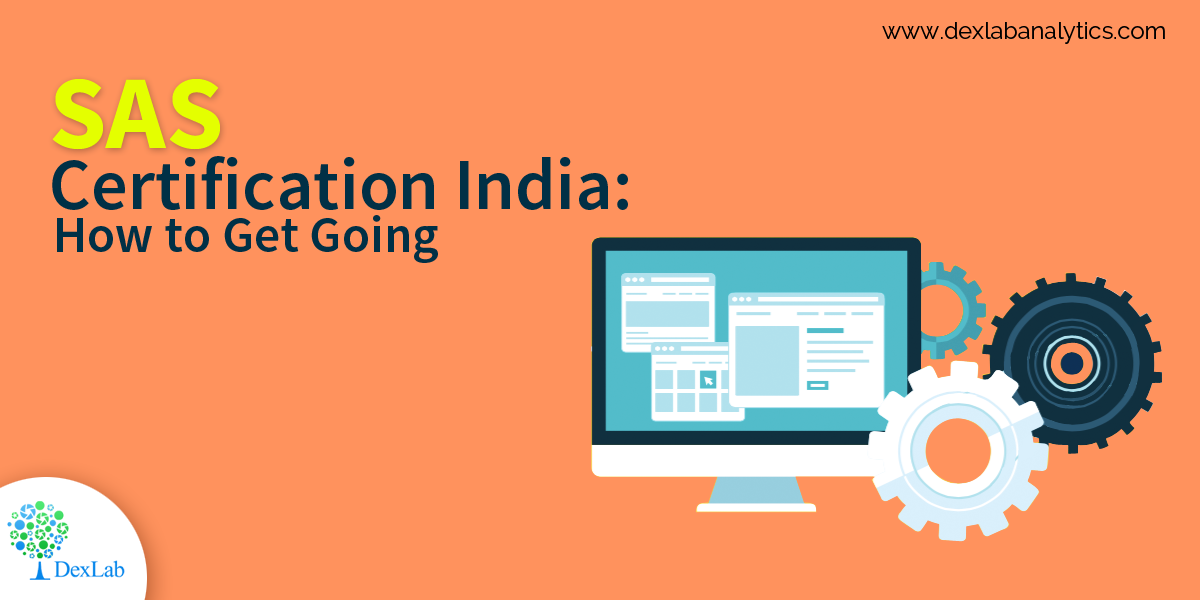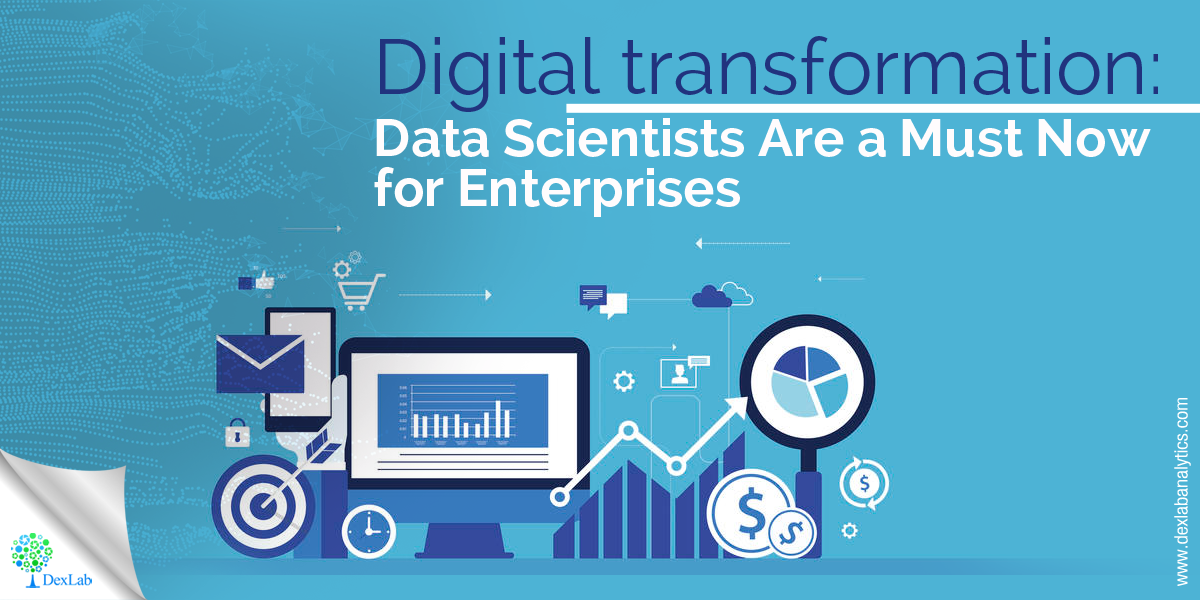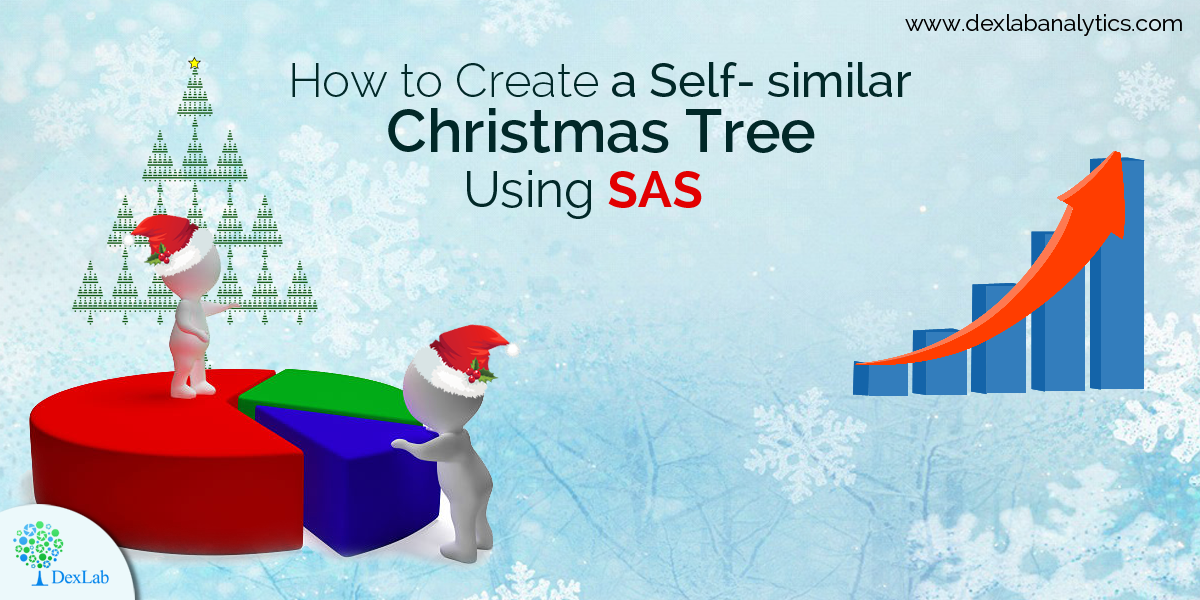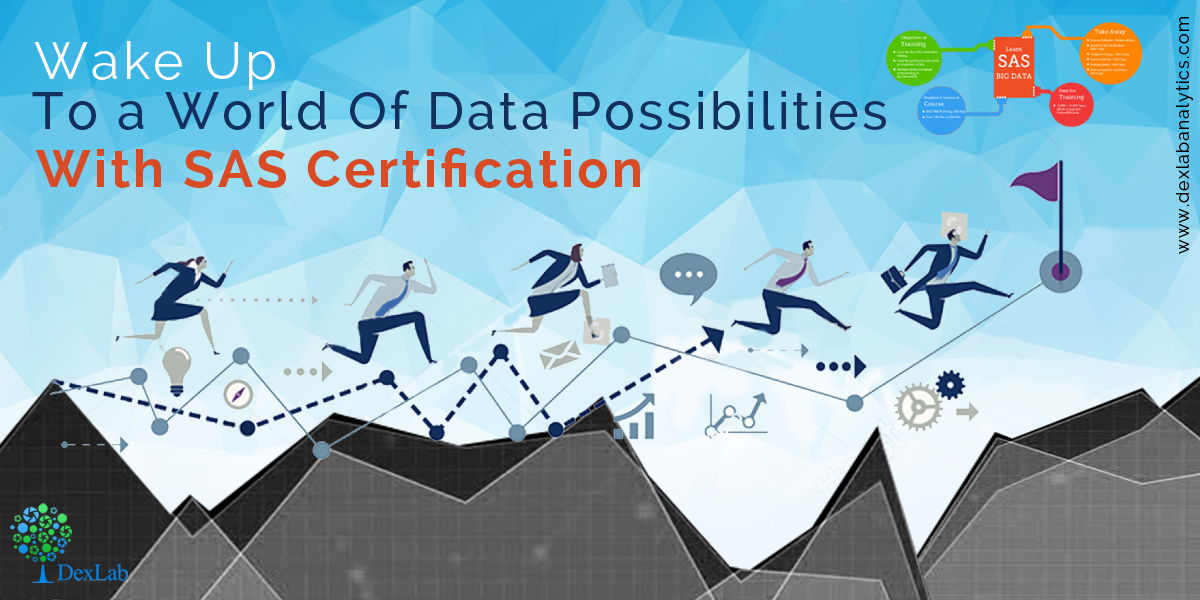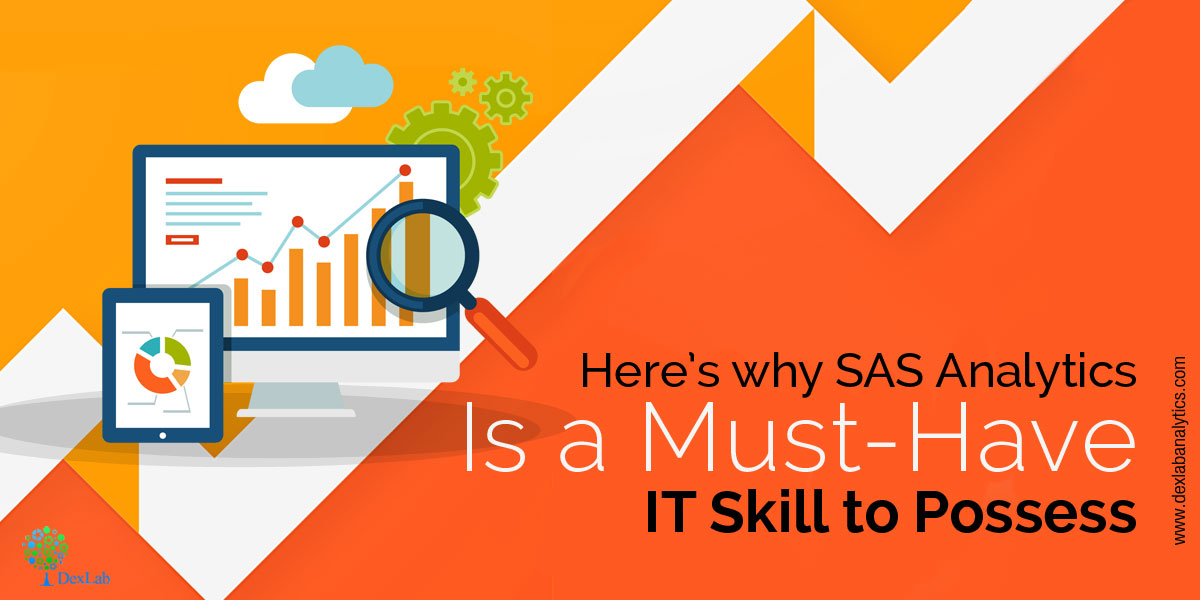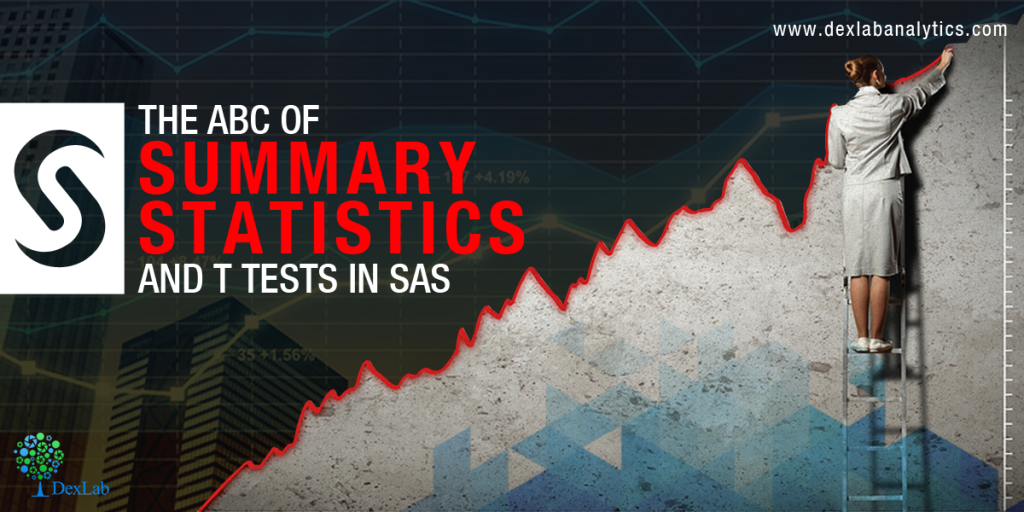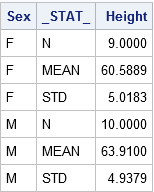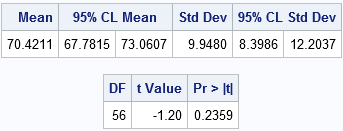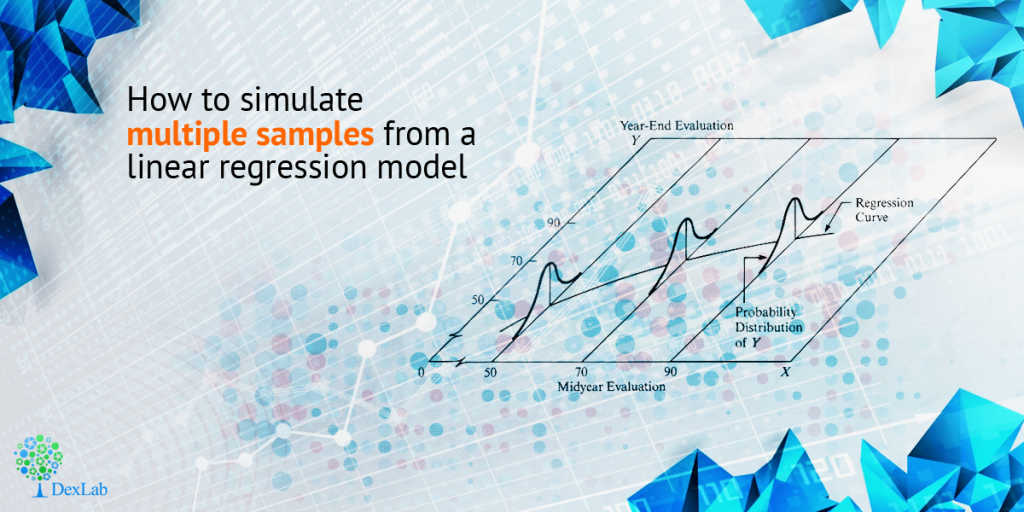
SAS is a state-of-the-art business intelligence tool that is primarily designed to facilitate reporting, data analysis, mining and predictive modeling using convincing visualization and interactive dashboards. Being a powerful programming language, SAS performs complex statistical data analysis; unlike other built-in tools, like Microsoft Excel, SAS lets users to salvage and run data from a plethora of sources, along with ensuring enough control and freedom during data manipulation and compilation.
Statistical Analysis System (SAS) was introduced for organizations to explore their vast datasets in a highly interactive format. Today, SAS is largely used in machine learning, data science and business intelligence applications. Not only does it arms the organizations with the necessary tools and techniques to monitor key BI metrics, but also develops incredible insights and comprehensive reports, facilitating informed decision-making procedures.
SAS Fuelling Career Growth
Business analytics and incredible BI tools have become central for running medium and large-scale enterprises across the globe, efficiently. With data becoming increasingly instrumental in pushing businesses to horizons of success, a majority of organizations is betting on SAS BI analytics.
As a result, the demand for SAS consultants is surging at an accelerating rate. Since more and more companies are adopting SAS analytics and altering the ways they used to work, SAS-related jobs are flooding the market. Handsome pay-packages are being offered to the right candidates, skilled and professional.
According to a recent study, the average salary of a diligent SAS programmer is around 10.8 Lacs – organizations are looking for professionals who would not only know how to slice and dice but also know how to draw the right projections and effectively communicate the insights. This is where SAS training Delhi comes in – Head-start a data journey with DexLab Analytics, as it offers the best SAS analytics training Delhi.
Books: For Enhancing the Level of SAS Knowledge
Besides encompassing SAS certification course modules, books tend to take us all a step closer to the bubbling pool of knowledge – SAS books are carefully written, specifically keeping in mind the requirements and focused areas of programmers and analysts.
Without any further ado, let’s dive into a well-curated list of SAS books that’ll help you ace the language like a pro:
- SAS Essentials: Mastering SAS for Data Analytics by Elliott and Woodward – With an advanced approach, this book is perfect for master’s students of data analysis and programming and higher-level undergraduates.
- SAS for Dummies by McDaniel and Hemedinger – An absolute beginner’s approach to SAS, this book is widely popular for its simple language, easier representation of facts and easy-to-follow guidelines.
- The Little SAS Book by Delwiche and Slaughter – Ideal for beginners and experienced SAS consultants, as well, this book includes self-contained lessons, plenty of examples and interesting visuals.
- SAS Certification Prep Guide – Released by the SAS institute, this is the final and official test-prep guide to be SAS certified.
- Learning SAS by Examples: A Programmer’s Guide by Ron Cody – If you are a fast learner, this is the one for you. Each chapter in this book ends with test problems so that you are trained SAS-ready.
As final thoughts, SAS analytics is the most powerful tool for performing complex data analysis. Grasping the fundamentals of SAS language will surely present you a big leg up in the analytical domain. For SAS certification courses, drop by DexLab Analytics.
The blog has been sourced from –
https://www.whoishostingthis.com/resources/sas-programming
https://intellipaat.com/blog/what-is-sas-analytics
https://analyticsindiamag.com/analytics-india-salary-study-2017-by-analytixlabs-aim
Interested in a career in Data Analyst?
To learn more about Data Analyst with Advanced excel course – Enrol Now.
To learn more about Data Analyst with R Course – Enrol Now.
To learn more about Big Data Course – Enrol Now.To learn more about Machine Learning Using Python and Spark – Enrol Now.
To learn more about Data Analyst with SAS Course – Enrol Now.
To learn more about Data Analyst with Apache Spark Course – Enrol Now.
To learn more about Data Analyst with Market Risk Analytics and Modelling Course – Enrol Now.

